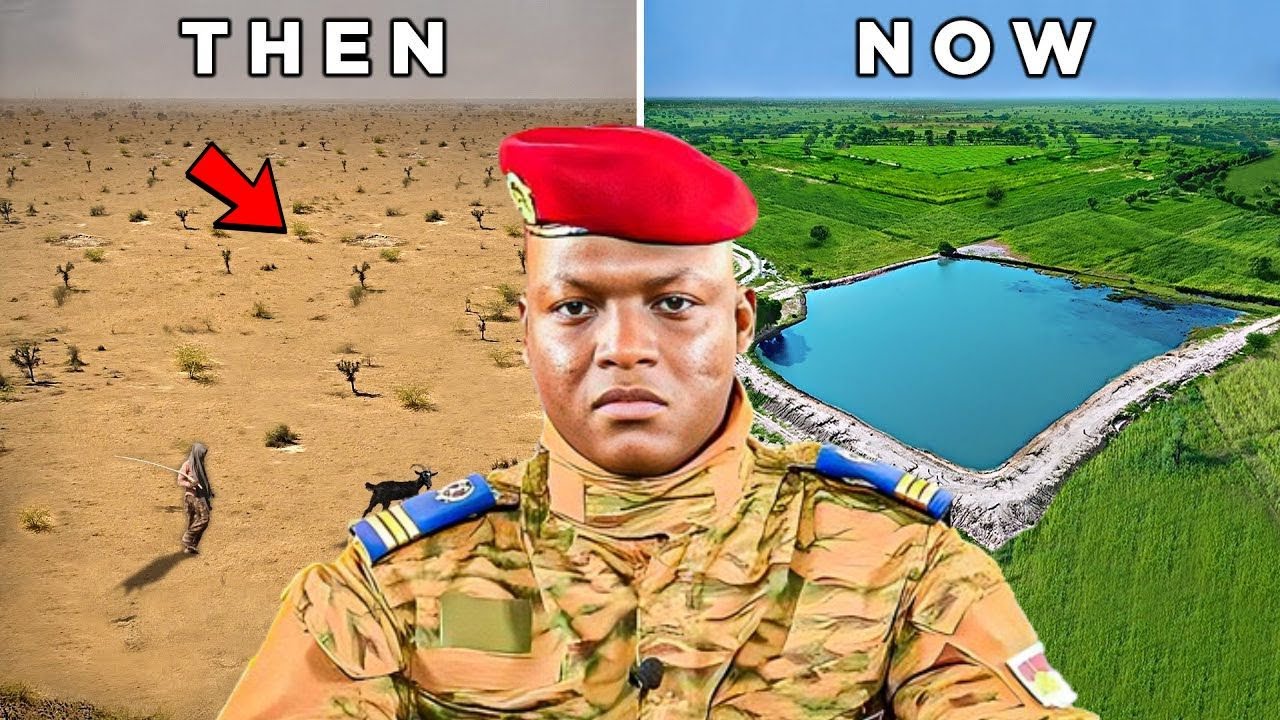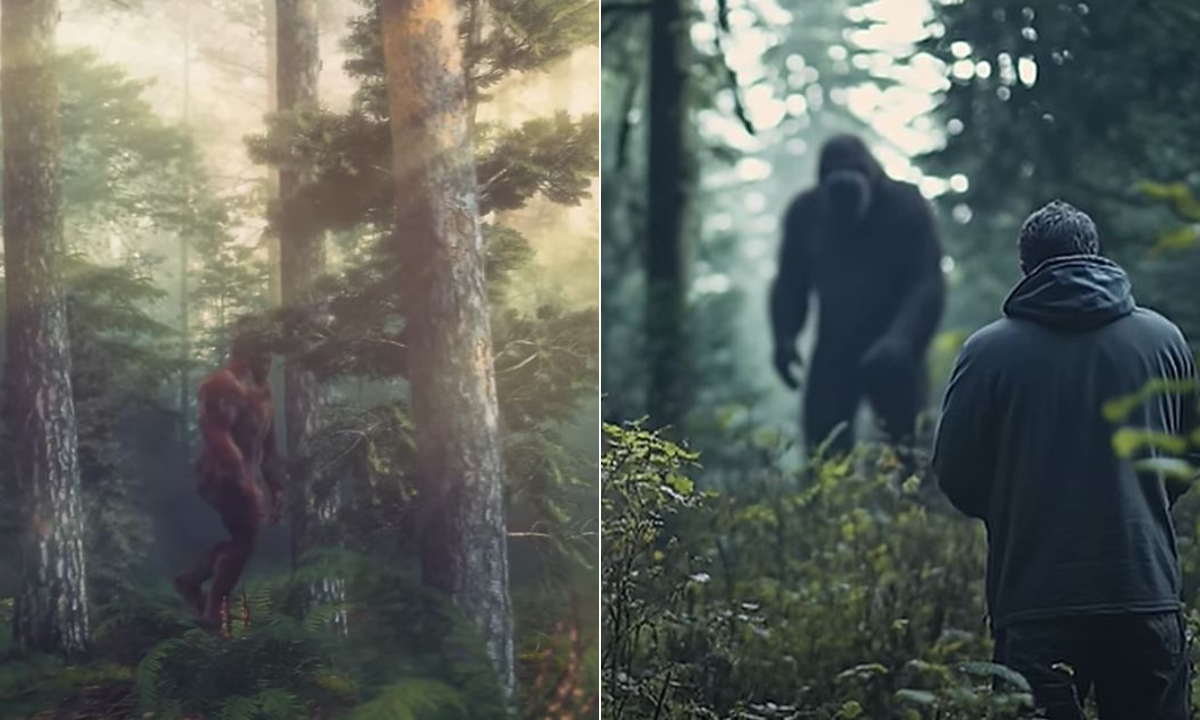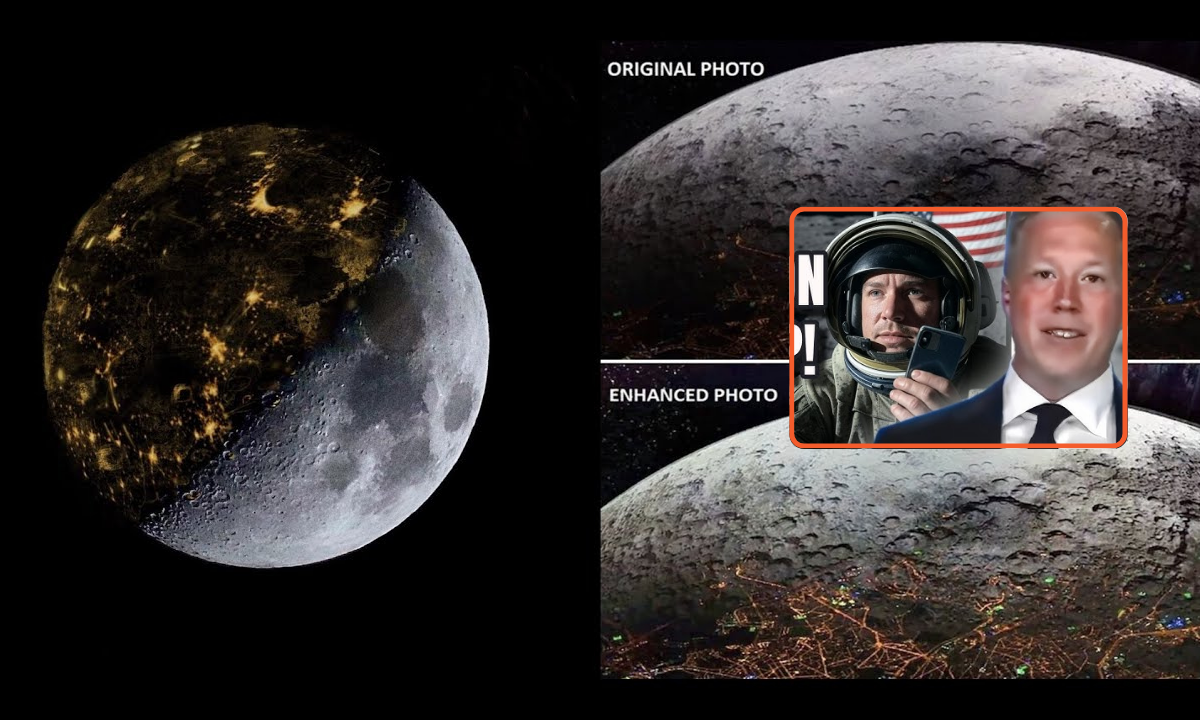**Desert Dreams: Burkina Faso’s Bold Leap Towards a Sustainable Future**

In a stunning display of resilience and innovation, Burkina Faso is turning the harsh realities of desertification into a visionary blueprint for sustainable urban development. Nestled in the Sahel region, this landlocked West African nation is defying the odds by constructing a remarkable city in the heart of the desert—one that not only addresses the pressing challenges of climate change but also serves as a beacon of hope for the continent.
As the Sahara Desert creeps ever closer, threatening farmlands and resources, Burkina Faso is taking assertive steps to combat the encroaching sands. The ambitious project is not merely about erecting buildings; it’s about creating a self-sufficient, eco-friendly urban environment that harmonizes tradition with modernity. This groundbreaking initiative is garnering international attention, showcasing how one of Africa’s poorest countries can lead the way in sustainable development.
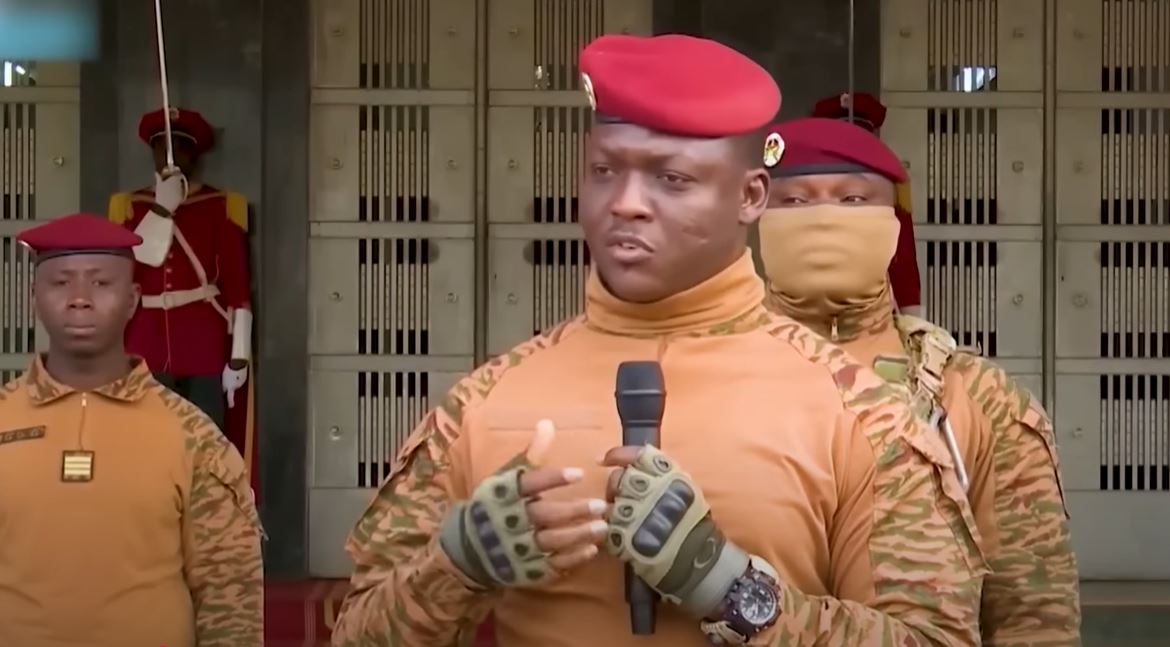
The roots of this transformation can be traced back to the revolutionary leader Thomas Sankara, who, in the 1980s, championed a philosophy of self-reliance and environmental stewardship. Sankara’s vision—centered on food sovereignty, community empowerment, and massive reforestation—continues to inspire today’s efforts. His legacy is woven into the very fabric of Burkina Faso’s modern initiatives, which emphasize environmental sustainability and local empowerment.
At the forefront of this movement is the Great Green Wall Initiative, a bold undertaking aimed at halting the relentless advance of the Sahara. Spanning over 20 countries, this project seeks to establish an 8,000 km stretch of trees and vegetation across the Sahel. Burkina Faso is emerging as a key player, with vibrant green belts flourishing around its capital, Ouagadougou. These lush corridors not only combat desertification but also provide food, medicinal herbs, and economic opportunities for local communities.
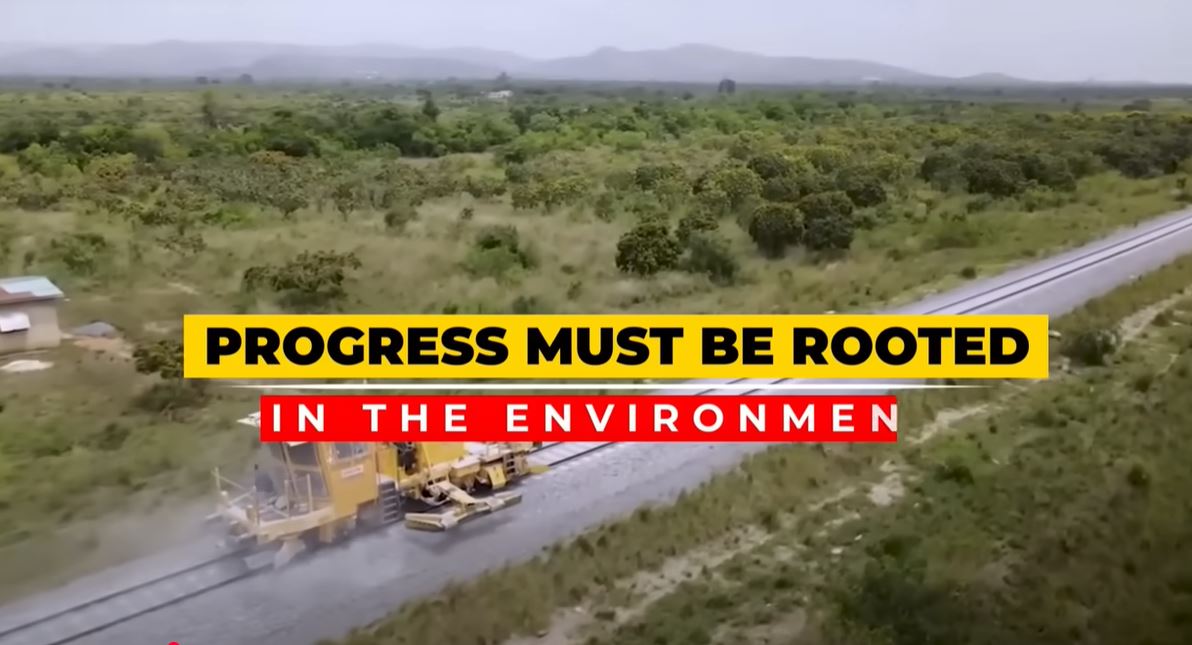
Burkina Faso’s innovative architecture is another cornerstone of its sustainable city project. By utilizing traditional materials like compressed earth blocks and mud bricks, local architects are designing buildings that naturally regulate temperature, reducing reliance on energy-intensive cooling systems. This return to roots is not just eco-friendly; it’s economically savvy, proving that low-tech solutions can yield high-quality results.
Education plays a pivotal role in this transformation, with bioclimatic schools being constructed as sustainable learning environments. These schools, designed with local materials and built by community members, foster a sense of ownership and pride among students and parents alike. The innovative designs not only provide comfortable learning spaces but also serve as models of sustainability for future generations.
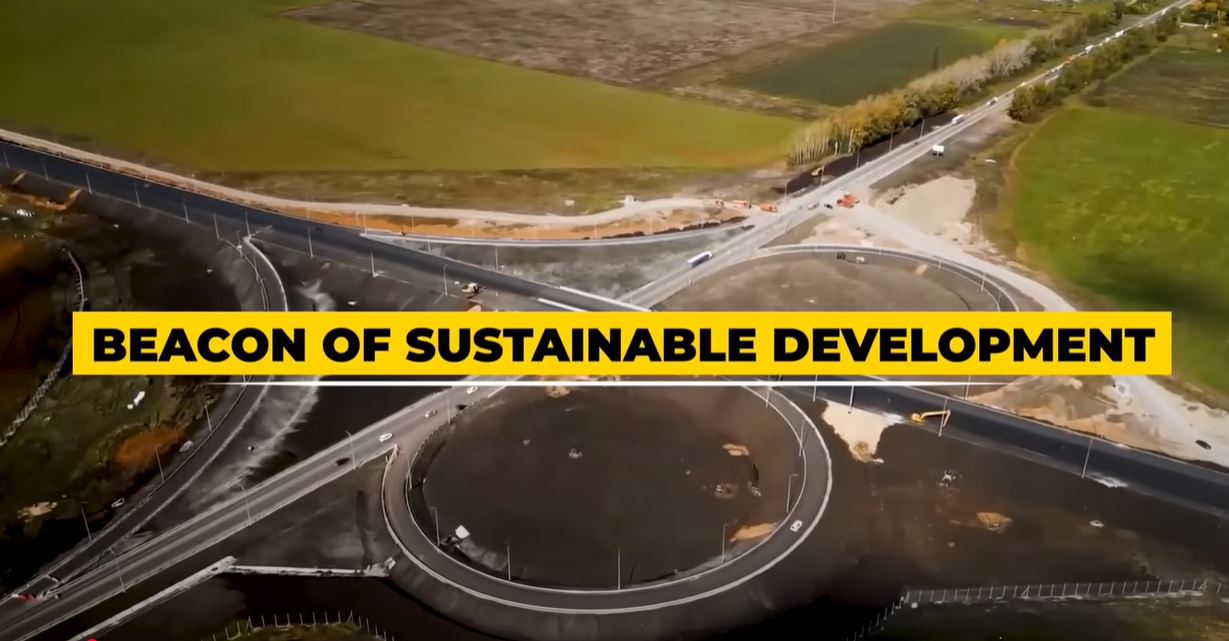
Harnessing solar energy is another critical aspect of Burkina Faso’s sustainable vision. With over 300 days of sunshine annually, the country is investing in solar power to reduce its reliance on imported electricity. Major projects like the 30-megawatt P solar power plant are setting the stage for energy independence, showcasing how renewable resources can drive economic growth while mitigating climate impacts.
Urban agriculture is revolutionizing food production in this arid landscape. Community gardens are sprouting in neighborhoods once dominated by dust, providing fresh produce and creating jobs. These initiatives, often led by women’s cooperatives, empower marginalized groups and strengthen community bonds. By integrating agriculture into urban living, Burkina Faso is proving that sustainable food production can thrive even in the harshest conditions.
Water management is another critical challenge being addressed head-on. With erratic rainfall patterns, innovative solutions like rainwater harvesting and solar-powered water pumps are transforming water scarcity into opportunities for creative engineering. These smart systems are designed to ensure that every drop counts, enhancing resilience in a changing climate.
As the impacts of climate change become increasingly visible, Burkina Faso’s sustainable city project stands as a testament to what can be achieved when vision, leadership, and community spirit converge. This initiative is not just about building a city; it’s about constructing a legacy of resilience and hope for future generations.
Burkina Faso is setting an example for the world, illustrating that sustainable urban development can be achieved without sacrificing tradition. As countries across Africa look to Burkina Faso for inspiration, the message is clear: with determination and innovation, even the harshest challenges can be transformed into opportunities for growth and renewal. The desert city being built in Burkina Faso is not merely a feat of architecture; it is a symbol of unity, determination, and the enduring human spirit.

